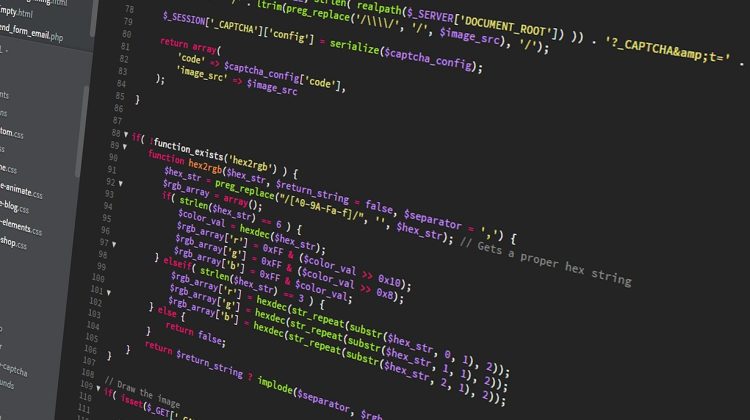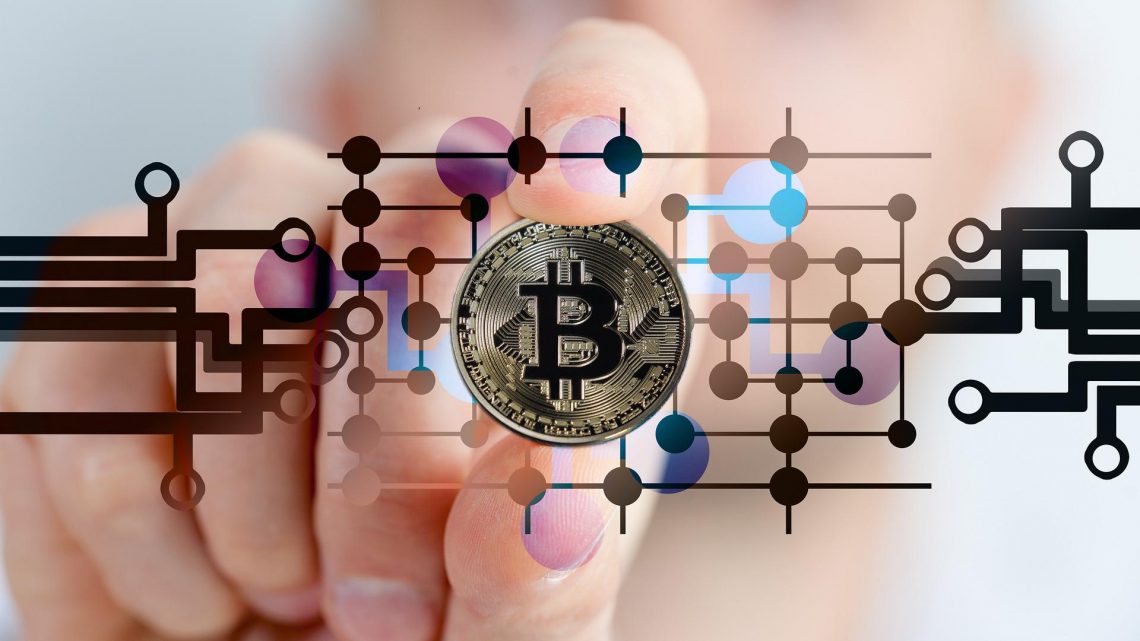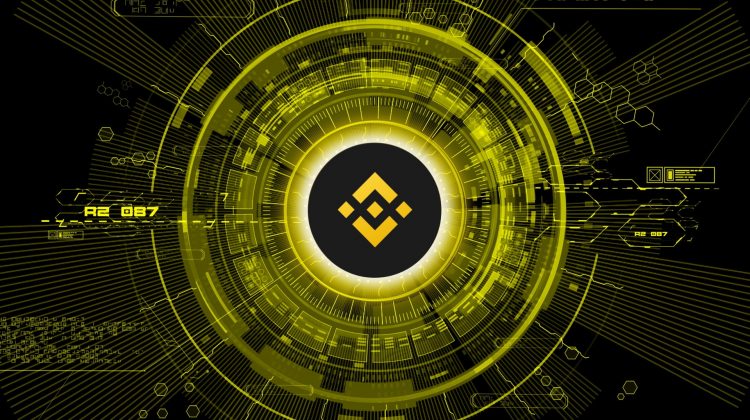In this article, I want to give a brief overview of the main terms used within the blockchain and cryptocurrency sector to help you understand the evolution of the decentralized industry.
From the mad rush of 2017 to the rise in the mainstream, the crypto industry is complex and often unclear even to insiders. Here is a list of terms that you meet very often, and the relationships between them. I hope you will find it useful for understanding this rapidly growing industry that intends to complement or even replace traditional finance, and that we can already encounter in many other sectors of human activity.
Decentralization: refers to the transfer of control and decision-making from a centralized entity (individual, organization, or group thereof) to a distributed network. Decentralized networks aim to reduce the level of trust that participants must place in one another, and block their ability to exert authority or control over one another in ways that degrade the functionality of the network.
Blockchain: the decentralized ledger where all transactions are stored. Literally ‘chain of blocks‘, because the transactions are grouped into blocks, which are of similar size.
Ledger: A cryptocurrency public ledger is a record-keeping system. The ledger maintains participants’ identities anonymously, their respective cryptocurrency balances, and a record of all the genuine transactions executed between network participants.
Block: it is the primary unit of measurement of the blockchain (and not transactions, as one might intuitively think). The transactions that took place in a certain time period are grouped into a block, which, depending on the type of blockchain, can vary from 1 second to 10 minutes.
Transaction: it is an interaction with the network. It can be between two addresses that belong to natural persons, and therefore they are transfers of value (send 1 bitcoin, for example), or between an address and a smart contract, or even between two smart contracts, and they are operations in which it is exchanged value to create a new one. Money transfer is only one of the use cases. NFTs, data, and any type of digitized information can in fact be exchanged. To execute a transaction it is necessary to pay commissions that vary according to the type of operation and the traffic on the blockchain at that time.
Smart contract: it is a self-executing contract with the terms of the agreement between buyer and seller being directly written into lines of code. The code and the agreements contained therein exist across a distributed, decentralized blockchain network. The code controls the execution, and transactions are trackable and irreversible. Specifically, the methods and functions of the contract are coded into basic operations that each computer can perform locally, such as additions, subtractions, integrals, and so on. To interact with a smart contract, it is necessary to pay commissions, proportional to both the number of operations requested and their value. Smart contracts permit trusted transactions and agreements to be carried out among different, anonymous parties without the need for a central authority, legal system, or external enforcement mechanism.
Address: the text string that identifies an entity that can send and receive cryptocurrencies and hold funds (can carry out transactions). It is obtained directly from the public key of a wallet through a defined hashing procedure.
Wallet: A cryptocurrency wallet is a software program that stores your cryptocurrency keys and lets you access your coins.
Public key: the ‘full’ version of an address. It is possible to obtain the address only from the public key, but not vice versa.
Private key: it is the ‘password’ of the public key, the only key with which it is possible to spend funds within the address. Since a private key is a very long string that is difficult to remember, many wallet management apps allow users to create a simpler password, as well as biometric recognition.
Proof-of-Work: A system that requires a not-insignificant but feasible effort (problems of a mathematical nature) to discourage frivolous or malicious uses of computing power, such as sending spam emails or launching denial of attacks. service (DoS). It was first implemented in the 1990s and is the consensus mechanism of choice for block (and transaction) validation in first-generation blockchains, including Bitcoin and Dogecoin.
Proof-of-Stake: A cryptocurrency consensus mechanism for processing transactions and creating new blocks in a blockchain. It is a more eco-sustainable evolution of the Proof-of-Work system, based on the principle that each user is required to prove possession of a certain amount of cryptocurrency. This test is called staking.
web3: the set of standards and protocols based on blockchain and decentralized and distributed registers in general. The name web3 (with the lowercase ‘w’ and the 3 attached) was born as Ethereum’s SDK (software development package) and has evolved to even encompass the entire crypto industry that deals with DeFi (decentralized finance), Nft and GameFi.
Gas: the technical name for the token used to pay transaction fees in a blockchain. The term originated with Ethereum: Eth is the gas token of Ethereum, and it is also the native token of the blockchain. In some cases, the gas token may differ from the native token.
Time-to-finality: the time for a transaction to be declared finalized and irreversible by the network. It applies in general to all banking systems but is particularly suitable for decentralized systems because it is a very low value. In traditional finance, in fact, the time-to-finality of a transaction can take a few days or weeks, while in blockchains it can be a few minutes: on Bitcoin, a transaction is finalized in about 60 minutes, and on Avalanche, which is one of the faster, in less than a second.
Coin: A cryptocurrency designed together with a decentralized ledger (e.g. Bitcoin is the blockchain, bitcoin (or BTC) is the coin). Payment commissions on the network are paid with a coin.
Token – a cryptocurrency designed on predefined development standards. Basically, a token is not the native currency of the ledger it resides on (e.g. Ether is the currency of Ethereum and Usdt is a token on Ethereum). The payment fees for transferring or operating with tokens are not paid with tokens, but with coins.
NFT: a digital asset, defined by the characteristics that are permanently imprinted on the blockchain.
DeFi: the crypto industry sector that deals with decentralized finance. It is made up of applications for exchanging cryptocurrencies, making deposits, taking out loans, and more without relying on intermediaries such as brokerages, exchanges, or banks by using smart contracts on a blockchain.
GameFi: the crypto industry sector that deals with applying the dynamics of gaming to the blockchain.
DEX: the acronym for Decentralized EXchange, a type of decentralized application that allows users to exchange coins without the need to create credentials. Just connect your wallet to the blockchain.
DAO: a decentralized autonomous organization, sometimes called a decentralized autonomous corporation (DAC), is an organization constructed by rules encoded as a computer program and maintained on a blockchain that is often transparent, controlled by the organization’s members, and not influenced by a central government or centralized leadership.
Liquidity Pool: a smart contract that manages a pair of tokens in a Dex. Users can provide liquidity (both tokens) to the pool and earn a percentage of the profits on the exchanges made between those two tokens.
Lending: a type of Decentralized Finance that allows investors to lend their cryptocurrencies to different borrowers. This way, they will get interest payments in exchange, also called “crypto dividends”. Both the deposit and the loan can generate passive income if there are incentives planned by the ecosystem or by the project team.
Vault: A term for a smart contract that implements an investment or cash management strategy. Users send certain tokens (indicated in the platform that offers them) and have a paid passive income in the same starting token or in others.
Bridge: a software that allows you to ‘connect’ two or more blockchains, in order to allow users to transfer tokens or NFTs between the systems involved.
Whale: is an entity (individual or company), represented by one or more addresses, which owns a large amount of cryptocurrency. Users in crypto communities closely follow the movements of the whales, which could potentially affect the market with their operations, to benefit or avoid losses.
Did I forget anything? Let me know in the comment area below.











No Comment